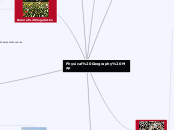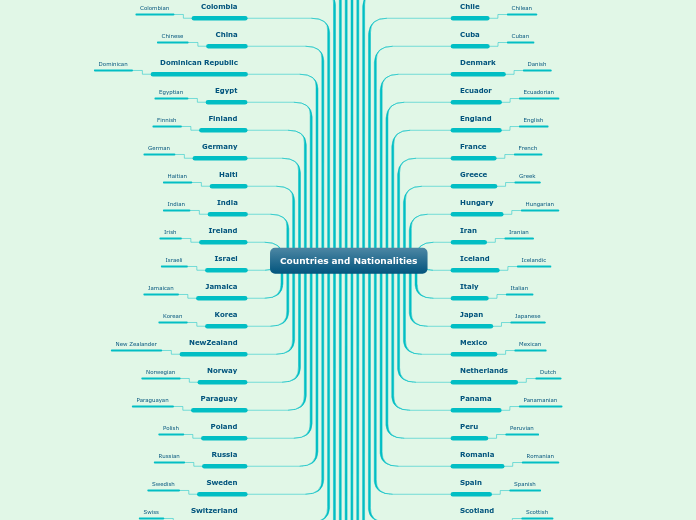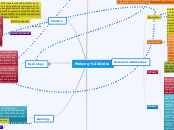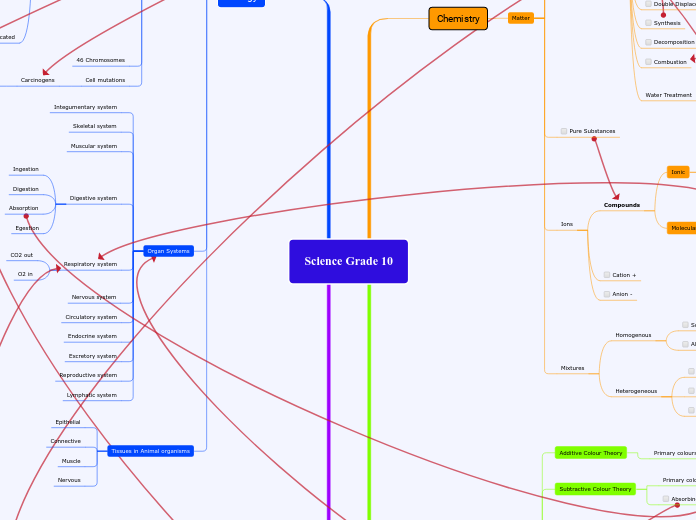Connections
J. Tuzo Wilson is a Canadian scientist who
studies the theory on Plate Tectonics, using modern day technology.
Physical Geography Map
Land Form Regions
Western Cordillia
Rock Climbing
Mountain biking
Snowboard
Ski
Rockies
Oldest national park
Hot springs
Banff
Some valleys
Mountains
Sharp, ridged, and pointy
Innuitian
Extreme sports
geo and eco studies
Very big
60x The size of Toronto
Ice is over 100 00 years old
Covered in frost
"Frozen Desert"
Ellesmere Island
Mountains surrounded by water
Covered by glacial Ice
Appalachians
Seal and whale watching
Mountains "rolling" into the sea
All three types of rocks are visible
Cape Breton Highlands
Long bays
Wide glacial hills
Rounded Mountains
and hills
Arctic Lowlands
Snowshoeing
Polar bear watching
Large marsh area
Subarctic Climate
Wapusk
Surrounded by water
Somewhat flat/Some hills
Great Lakes/ St.Laurence Lowlands
Canoeing/Kayaking
Swimming/Skating
Butterfly and Bird watching
Composed of large marsh
Part of lake Erie
Very Small
Natural Park
Point Pelee
abundance of water
Deep Valleys
Glacial Hills
Rolling Hills
Flat Plains
Interior Plains
Horseback Riding
Camping
Swimming
Lakes with islands and beaches.
Escarpment
Riding Mountains
Some Small Hills
Canadian Shield
Activities
Suspension Bridge
Backpacking
Portaging
Canoeing and Kayaking
Outstanding Natural Features
Multiple spots with exposed granite.
"Dotted" with lakes and rivers.
National Park
Pukaskwa
General Appearance
Rocky
Fairly Flat
Natural Vegetation
Trees
Coniferous
Trees with needles
Better able to handle harsh conditions
Deciduous
Trees with leaves
Natural Vegitation
Is when humans do nothing to help the vegetation
Picking, Planting, Trimming, Watering, Fertiliser, etc...
NO:
Climate
The difference between weather and climate
Climate= average precipitation and weather conditions
Weather= mixture of precipitation, cloud cover, and winds
Factors that influence climate
Elevation and Relief
Refers to elevation of earths surface - farther up you go the colder it gets - because the atoms in the air are farther spread apart.
Wind
Westerlies and eastward winds - colder where wind is blowing.
Ocean Currents
Water takes longer to heat up and cool down - changes temperature on land.
Latitude
Extends from a great distance - distance away from the equator,means more or less sunlight, means different temperature.
Plate Tectonics
Pangea
Pangea was the last super continent the world had and it broke apart 50-200 million years ago.
Scientist at Yale believe that the next super continent will be formed in the next few hundred years.
They also believe that the plates are moving because of magnetic forces that are pushing and pulling them together
Where?
The plates move along special boundaries
Transform
Slide past
Convergent
Move toward one another
Divergent
Move away
What?
There is both land and water on very thick layers of molten rock. (700 kilometres beneath earth's crust)
There are about 20 different tectonic plates on earth.
Theories?
Alfred Wegener thought that all of the countries used to be connected.
3. Mountain ranges (in different countries) fit together as if connected a long time ago
2. There is fossil remains of different plants and animals in the wrong countries they are supposed to be in
1. All of the countries fit together like puzzle pieces
Who?
Alfred Wegener, a German scientist back in the early 1900's,
(1905-1930) born in 1880, died in 1930, came up with the original theory about plate tectonics.
Rocks
Metamorphic
Non-Foliated
Marble
Quartzite
Foliated
Gneiss
Schist
Slate
Igneous
Extrusive
Rhyolite
Dacite
Andesite
Basalt
Intrusive
Granite
Gandorite
Diorite
Gabbo
Sedimentary
Biological
Chert
Coal
Chemical
Evaporites
Qolostone
limestone
Clastic
Shale
Mudstone
Slitstone
Sandstone
Breccia
Conglomerate
Soil
Subtopic
Leaching
Is when all of the "left over" precipitation sinks down below the surface and holds moisture for all of the bigger plants.
Humus
"Nutrient rich" soil made up of compost
Top Soil
The top most layer of soil
True Soil
To make true soil you need all 4 of these...
Bacteria (Organic)
Moisture
Air
Minerals
Geologic Time
Era's
Cenozoic
Began 66 million years ago and hasn't ended
It has been about 66 million years, and it has taken up about 1.43% of geologic time.
Ice sheets cover some of North America.
This is the age of mammals...
... Humans started to(and now are) develop
Mesozoic
Began 245 million years ago and ended 66 million years ago
It lasted 180 million years, and took up 3.89% of geologic time
The Rocky Mountains were formed. Along with the Innuitian Mountains.
At this point in time, there were still shallow seas in the interior of North America.
This was the age of reptiles (dinosaurs)...
...the first flowers
...and the first birds
Paleozic
Began 570 million years ago and ended million years ago
It lasted 325 million years, and took up 7.06% of geologic time
Large parts of North America were covered by shallow seas.
Also the Appalachian Mountains were formed.
There were lots of large swamps...
Coal formed from this vegetation.
This was the age of amphibians and fish...
...the first insects
...and the first plants and animals
Precambrian
Began 4600 million years ago and ended 570 million years ago
It lasted 4.6 billion years, and took up 87.6% of geologic time
Geological Events
Canadian Shield, Brazilian Shield, and the Australian Shield were all formed.
Biological Events
The first multi celled and single celled organisms were formed on earth.









